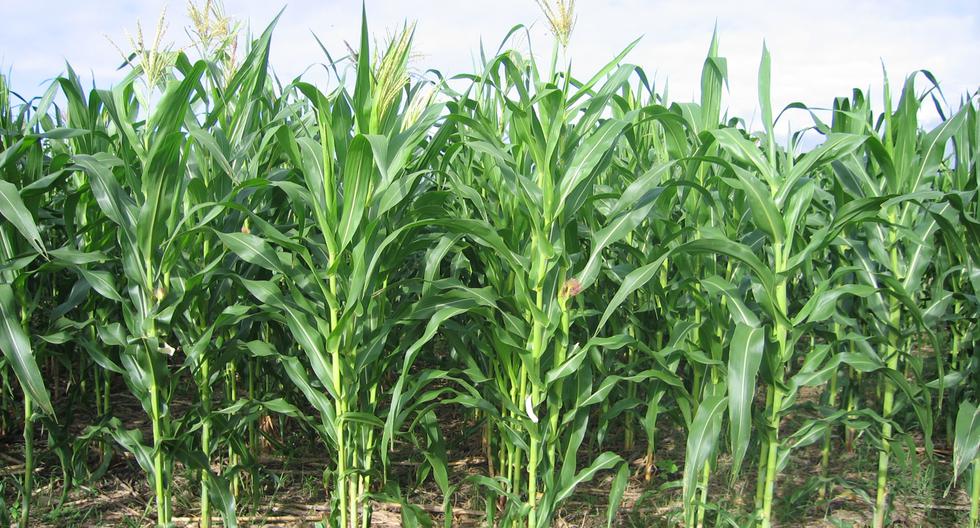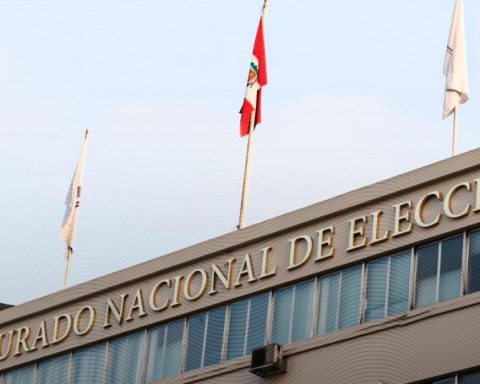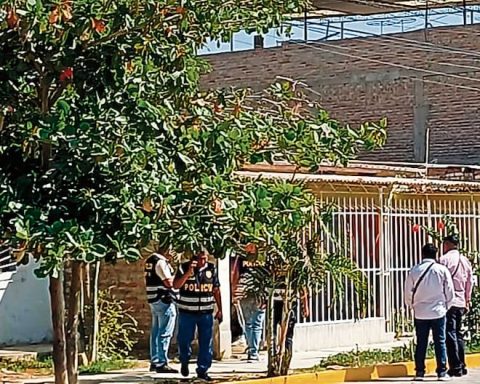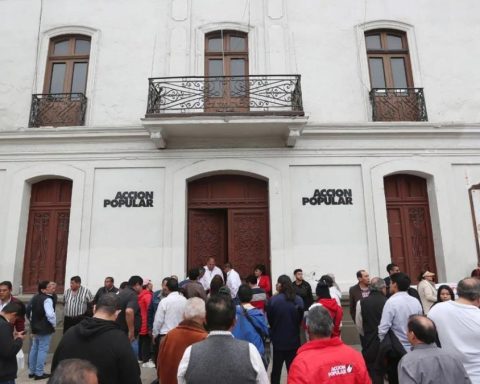crops of corn yellow registered an increase of 2.1 % in the first months of the 2022/2023 agricultural campaign. This is due to the larger planting areas in the Selva region. The departments that showed the greatest increase were San Martín (39.2%), Piura (45.0%), Ucayali (30.9%) and Amazonas (5.7%), according to the Ministry of Agrarian Development and Irrigation.
The supply of hard yellow corn is made up of imports, which represent 77%, and national production, 23%. In the last two decades, imports have tripled while national production only grew by 33%. The strong international competition, the structural problems and the lack of competitiveness, are the factors that limit the productive development.
LOOK: Egg price would rise to more than S/ 9 per kilo, warns poultry industry
According to the publication of the Directorate of Economic Studies (Midagri, 2022), the hard yellow corn commodity shows that production in the third quarter of 2022 decreased by 3.9% compared to the similar period last year. Different situation than in 2021, which increased by 12.6% compared to 2020.
The reason for the low production would be the impact of the high prices of chemical fertilizers and other inputs, which affects the income of small and medium producers, which have had an impact on lower yields (-6.5%).
It should be noted that for the 2022/2023 agricultural campaign, it was estimated that planting would reach a total of 296,202 hectares, according to the National Survey of Planting Intentions (2022). In addition, the climatic conditions would be favorable for the development of the hard yellow corn crop; which would mean that producers can increase their sowings and have the possibility of marketing their products at better prices.
World yellow corn production
On the other hand, the world production of hard yellow corn for the agricultural campaign in the 2022/2023 period would decrease by 1 million 168,000 tons, which means 4.0% less compared to the previous campaign.
The main reasons are due to the adverse agro-climatic conditions in the northern hemisphere and the effects of the war in the European area.
In relation to international prices, in March 2022 they reached the highest level in the last eight years, which is why corn from the US Gulf was quoted at US$360 per ton and Argentine corn reached US$336 per ton.
In the midst of signs of a global economic slowdown that could continue in 2022 and last until mid-2023, there is pressure from a greater demand for hard yellow corn, which could lower prices, as observed since April of this year. .
However, according to the Food and Agriculture Organization of the United Nations (FAO), the prospects for lower production of hard yellow corn could contain the decline in international prices and keep them at high levels.

















